The question I pose here is:
Have I gone overboard with the weathering on this Sherman?
I didn't want heavy mud, but wanted to simulate recent operation in a very dusty environment.



Any thoughts or tips are appreciated.
Cheers,
HS










Here is my trick to depict dust, I spray some light color (buff, sand ...) all over the vehicle....






which product did you use? pigments? ...





Pigments are really much easier to use and will give you more control over the final look.
Just colored chalk, scraped & mortared into dust....applied with a wet brush.
I wait until it's dry, then remove excess with a stiff-bristled brush.
I think I'll try hitting it with the stiff brush a little more,
then see what the dullcote does to it.






Paul,
What I'm going to write may seem like a lot of criticism, but it's all meant to be constructive, so please don't take offense, it's all in aid of better modelling:
...This will make it look like dried mud that has been scraped off. It's a good technique, but again, not for overall dust.
A few other pointers and feel free to use or ignore any of this as its all about being your model, so do what makes you happy:
1) the "41" decal is inappropriate for a tank, ....should be a 45 in the green over blue square.
2) the piece on the end of the gun muzzle seems to be backwards. The muzzle bore is too small for a 75mm tube. Plus that small piece needs to have the seam filled to invisibility.
Paul,
3) the track attached to the tank is essentially backwards....
4) on the right side of the turret you have three track pads, but no end connectors. Without the connectors .....

5) You seem to be missing the large armoured cover over the hull engine air inlet immediately behind the turret.
6) The turret hatches are at two different angles. They should be either both dead flat or both at a slight upward angle, about where you have it, but not at two different angles.
7) Canadian Shermans very, very, very rarely were seen with the .50 cal on the turret. Crew members considered it a hindrance on getting out if they were hit and of no practical use in combat.
Commonwealth tankers sometimes used the US tanker helmet, but were almost never seen with a leather jacket. They were issued the wool battle dress, coveralls or, later the winter "Pixie suit" in NW Europe.

The antenna base is for US antennas.
The two bags attached to the turret between the track teeth really need some sort of strap that they hang from.
The two lifting rings on the front hull are both canted off to the starboard side. They should both be perpendicular to the glacis surface.
Again, I'm not trying to be a knob,



As a fellow noob modeler, (and a cheapo).......I hope that rant of mine was helpful.
Quoted TextAs a fellow noob modeler, (and a cheapo).......I hope that rant of mine was helpful.
I'll definitely add this to the arsenal!
Thanks!


 And then just a note that the real thing gets very dusty when driving in dry conditions. First because in WWII Sherman tanks (all tanks really) almost always moved around in numbers. Not individual vehicles. And that usually means that all the vehicles get covered in the dust from all the other vehicles. And an armored unit can tear a dirt road into a dust bowl very quickly. here's a good link to some pics that show what they can look like.
And then just a note that the real thing gets very dusty when driving in dry conditions. First because in WWII Sherman tanks (all tanks really) almost always moved around in numbers. Not individual vehicles. And that usually means that all the vehicles get covered in the dust from all the other vehicles. And an armored unit can tear a dirt road into a dust bowl very quickly. here's a good link to some pics that show what they can look like. 


 |